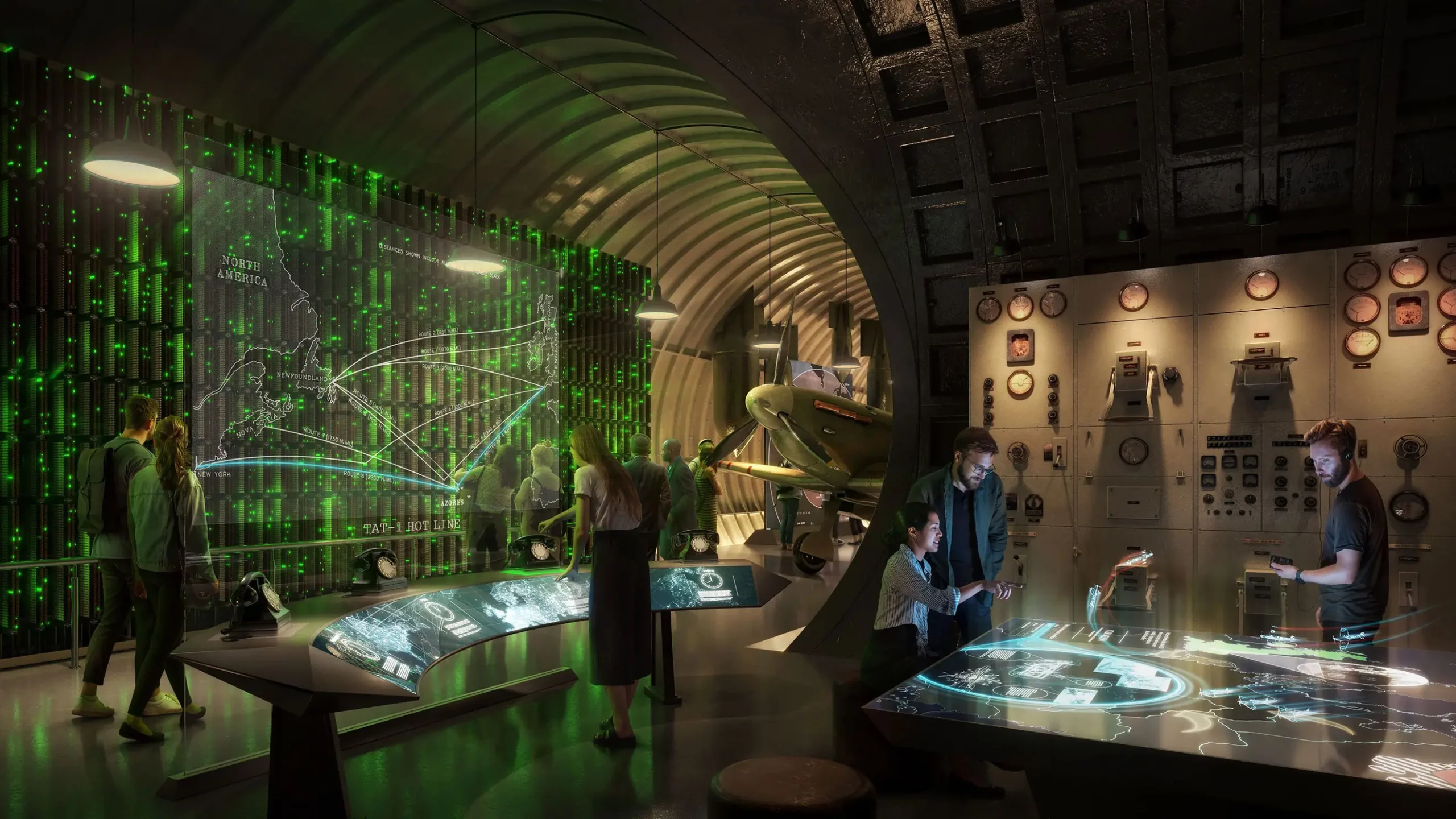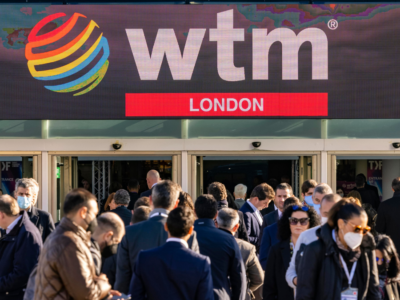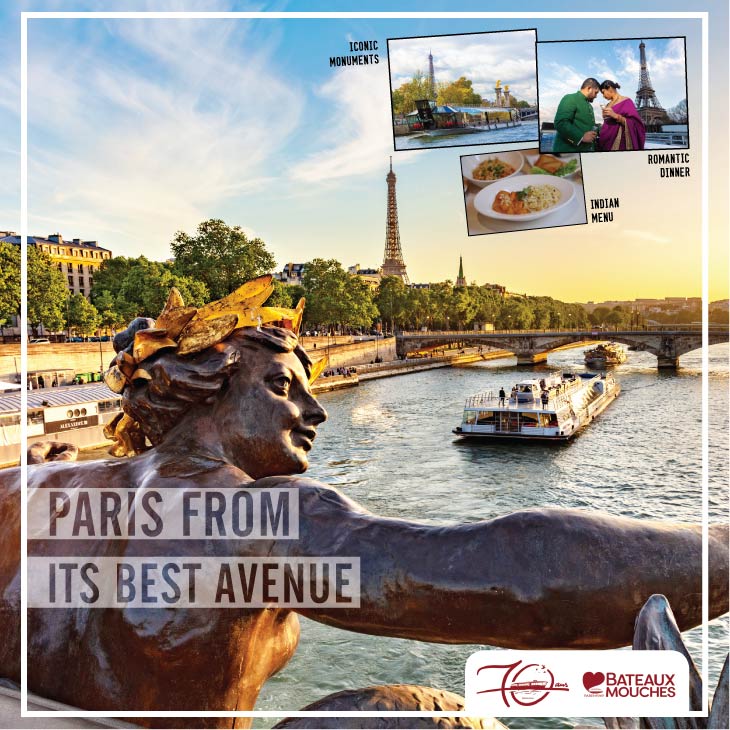
An artist's impression of what the World War II tunnels could offer to visitors
In 2027, tourists to London may have another reason to go underground than just to take the Tube. If plans are approved, London’s famed World War II tunnels may reopen to visitors, over 80 years after they were last used during the World War II as shelters against German bombing campaigns.
These are plans of The London Tunnels, a group of investment specialists with a wide investment portfolio, including delivering sustainable conservation projects. The group says that it is working with a wider project team with expertise across the arts, technology, architecture and business to create an experience, which protects the heritage of the tunnels with a future purpose. The development comes weeks after the Old War Office reopened as Raffles Hotel in the same area.
According to a press statement, the project team includes one of Britain’s leading architectural firms, WilkinsonEyre, the practice behind the major restoration and repurposing of London’s ‘Battersea Power Station’ and ambitious ‘Gardens by the Bay’ in Singapore.
Now, the team has proposed a GBP 220 million transformation of a series of World War II tunnels, stretching nearly 2 km, into a glitzy immersive experience. The statement adds that these tunnels have been so clandestine that they were once protected by the UK’s Official Secrets Act.
The Kingsway Exchange Tunnels, some 40 metres below Chancery Lane tube station in High Holborn, were built in the 1940s to shelter Londoners from the Blitz bombing campaign during World War II. After the WWII, they served as the home of Britain’s top-secret Special Operations Executive, an offshoot of MI6 and the real-life inspiration for James Bond’s Q Branch.
Over the years, they were expanded to become the Kingsway Telephone Exchange, which in the 1950s served as an internal communications exchange during the Cold War. It even hosted the “hot line” which directly connected the leaders of the United States and the USSR. The exchange was home to a heaving network of 5,000 trunk cables and a busy community of 200 workers manning the phone lines. The statement adds that British Telecom took over the site in the 1980s, creating the world’s deepest licensed bar for use by the government staff, complete with a games room containing snooker tables and a tropical fish tank.
And now, Angus Murray, CEO of The London Tunnels says he wants to bring the history of the tunnel to life for visitors with high-resolution immersive screens, interactive structures, scent-emitting technology and hundreds of pinpoint speakers.
“The history of the tunnels, their scale and the location between London’s Holborn and the historic Square Mile, could make these tunnels one of London’s most popular tourist destinations,” Murray said in a statement.
The plan is to invest GBP 140 million in the restoration work and then another GBP 80 million into all the immersive bells and whistles. According to the statement, London’s best developed permanent underground tourist attraction currently is the Churchill War Rooms, located just 3 metres below ground level and a fraction of the 8,000 sqm space occupied by the Kingsway Exchange Tunnels.





















